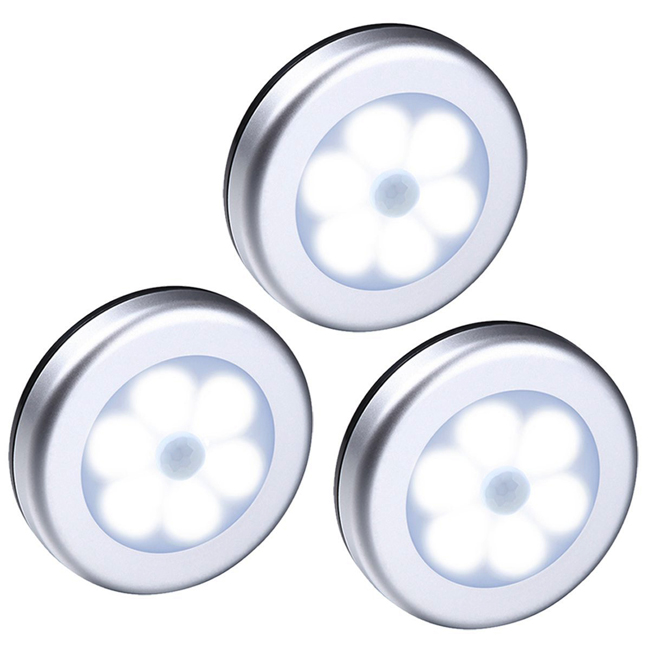When Edison invented the light bulb, he initially used carbon as a filament; now, an international team of researchers from Columbia University, Seoul National University, and the Korea Institute of Standards Science returns to the same element. A carbon atom thickness graphene is used as a visible light source on the chip of the filament: the thin strip of graphene filament is connected to the metal electrode and suspended above the substrate, and the filament is heated to emit light when current is passed. The study was published on the 15th online edition of Nature and Nanotechnology.
“In essence, we have created the thinnest light bulb in the world,†said Wang Fengren, a co-author of the research paper and a professor of mechanical engineering at Columbia University. “This new 'broadband' illuminator can be integrated on a chip. It is expected to pave the way for a flexible, transparent display with only atomic thickness and optical communication based on graphene chips."
To develop a fully integrated "photon" circuit comparable to existing semiconductor integrated circuits, the key is to make tiny structures on the surface of the chip emit light. There are many ways to do this, but the oldest and simplest artificial light source, the incandescent bulb, cannot be integrated into the chip. This is mainly because the filament must reach thousands of degrees Celsius and the emitted light is visible, while the microscopic The scale of the metal wire can not withstand such high temperatures; in addition, on the microscopic scale, the efficiency of heat transfer from the filament to the periphery is extremely high, which easily damages the chip.
The physicist's organization network reported that by measuring the spectrum of light emitted by graphene, the researchers found that the temperature of graphene reached more than 2500 degrees Celsius, enough to brightly illuminate. Jin Yongde, the first author of the paper and a postdoctoral fellow in the Department of Mechanical Engineering at Columbia University, explained: "The visible light rays emitted by the graphene of atomic thickness are so strong that they can be seen by the naked eye without additional magnification."
Graphene reaches such high temperatures without melting the substrate or metal electrode because it has an interesting property: when heated, graphene becomes a poor conductor of heat. This means that the high temperature is confined to a small "hot spot" in the center.
"The graphene, which is placed on a solid substrate, can heat the graphene suspended above up to half the temperature of the sun, while improving efficiency," said Yan Minghao, a co-author and senior researcher at the Korea Institute of Standards Science. 1000 times."
The team also demonstrated the scalability of this technology by making large-scale chemical vapor deposition (CVD) graphene illuminator arrays.
The research team is currently exploring the capabilities of such devices, such as how fast their switches can create bits of optical communication, and is also developing technologies that integrate them into flexible substrates.

Night Light,Led Bulb Light,Colorful Night Light,Led Cabinet Light
NINGBO ZHENGUO INTELLINGENT LIGHTING CO.,LTD , https://www.zguolight.com